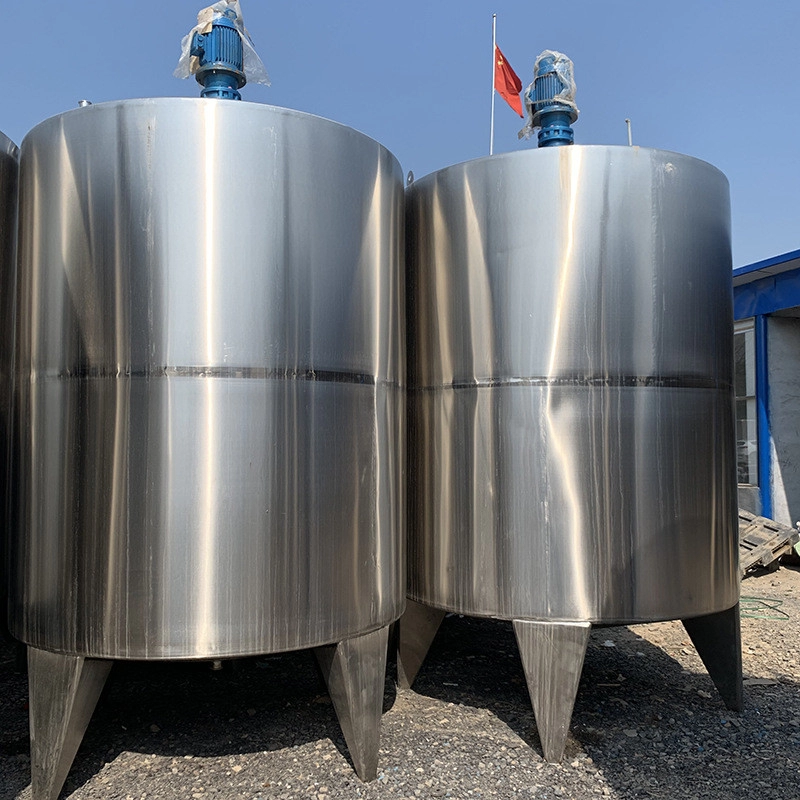
When selecting water storage solutions, stainless steel water storage tanks consistently outperform alternatives. Unlike concrete or plastic tanks, stainless steel offers unparalleled corrosion resistance—especially crucial for potable water systems. According to the Water Quality Association, properly maintained stainless steel tanks can last over 50 years, reducing replacement costs by 200% compared to polymer tanks. Interestingly, many municipalities now mandate stainless steel for new installations due to lead contamination risks in older systems.
| Criteria | 304 Stainless | 316L Stainless |
|---|---|---|
| Corrosion Resistance | Good for most environments | Excellent (with molybdenum) |
| Chloride Tolerance | Up to 200 ppm | Over 1000 ppm |
| Cost Difference | Standard pricing | 20-25% premium |
| Best For | Inland applications | Coastal/industrial zones |
Pro Tip: For coastal areas, always specify 316L grade tanks like these corrosion-resistant models. We learned this the hard way when a 304 tank near Miami developed pitting after just 18 months.
Step-by-Step Installation Guide:
Many believe stainless steel tanks are “maintenance-free.” Actually, they require strategic care. Counterintuitively, over-cleaning causes more damage than neglect. One dairy plant ruined their $80,000 tank by using chloride-based cleaners twice weekly. Transitioning to quarterly citric acid flushes solved their corrosion issues.
Singapore’s PUB implemented stainless steel water storage tanks across 300+ high-rises in 2023. Despite the tropical climate, their customized maintenance protocol achieved 99.8% tank integrity after 24 months. Key takeaway? Combine material science with disciplined inspection routines.
Q: How often should I inspect my stainless steel water tank?
A: Visually check monthly, with professional assessments annually. Coastal areas need biannual checks.
Q: Can I repair pitting corrosion myself?
A: Never attempt DIY repairs. Improper welding creates new corrosion sites. Always hire certified specialists.
Q: Are stainless steel tanks eco-friendly?
A: Absolutely! They’re 100% recyclable and reduce plastic waste. Over 60% of new stainless steel contains recycled material.